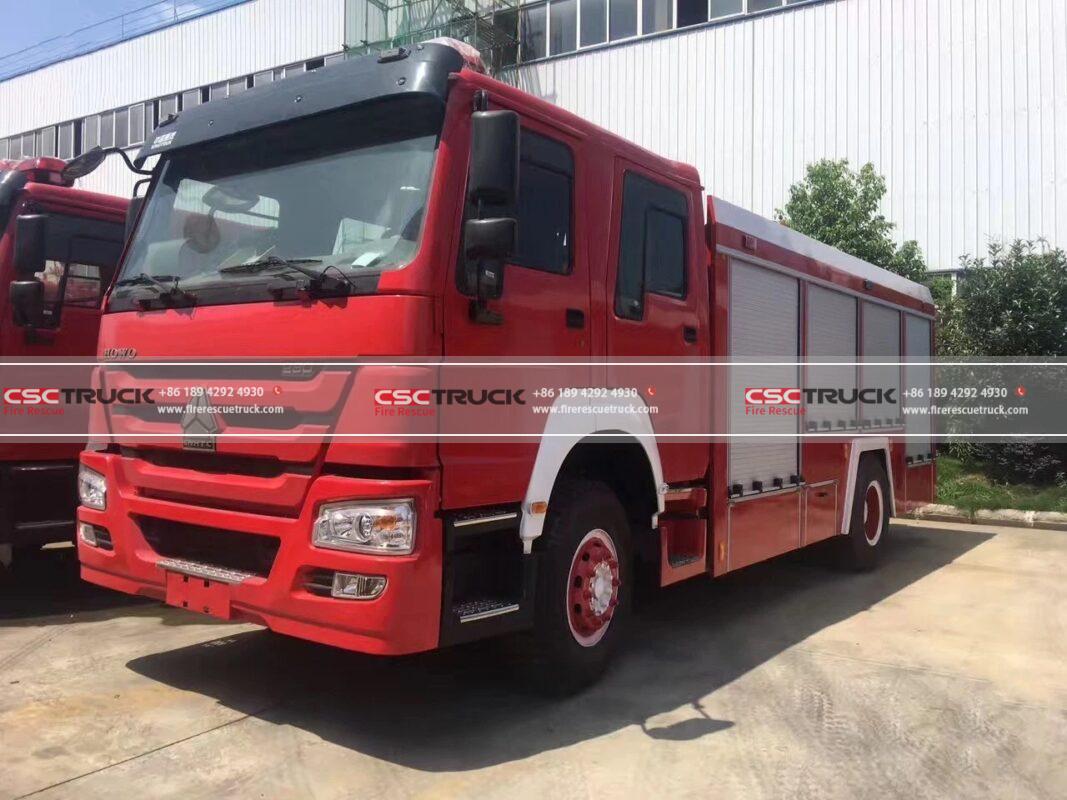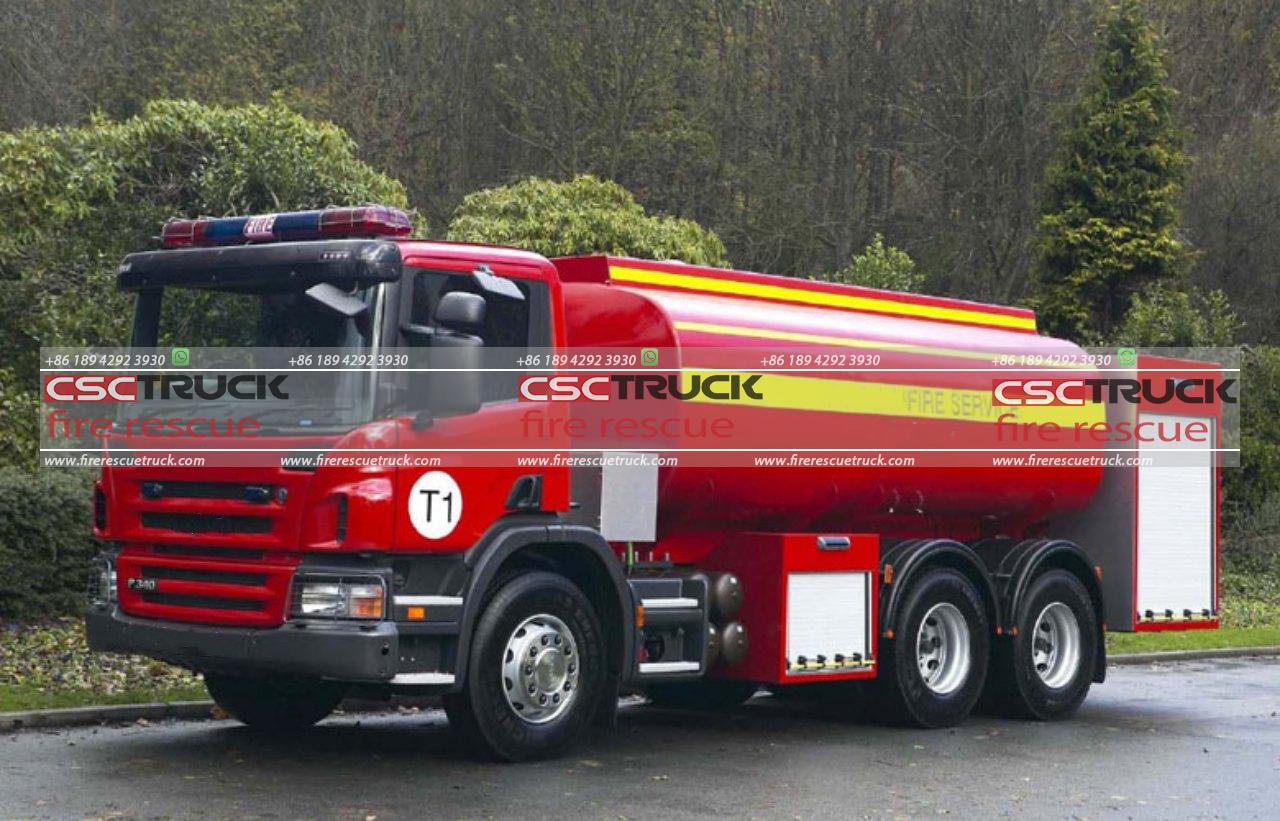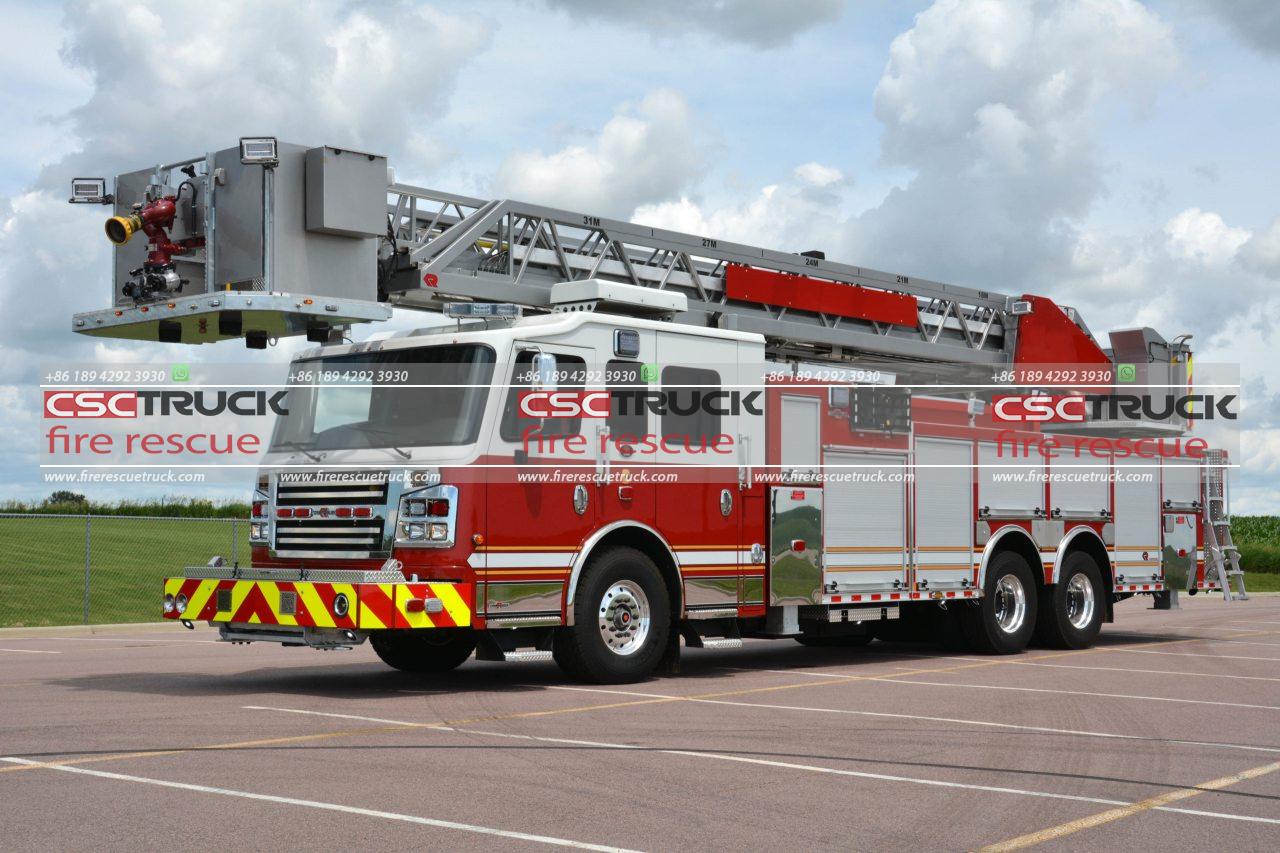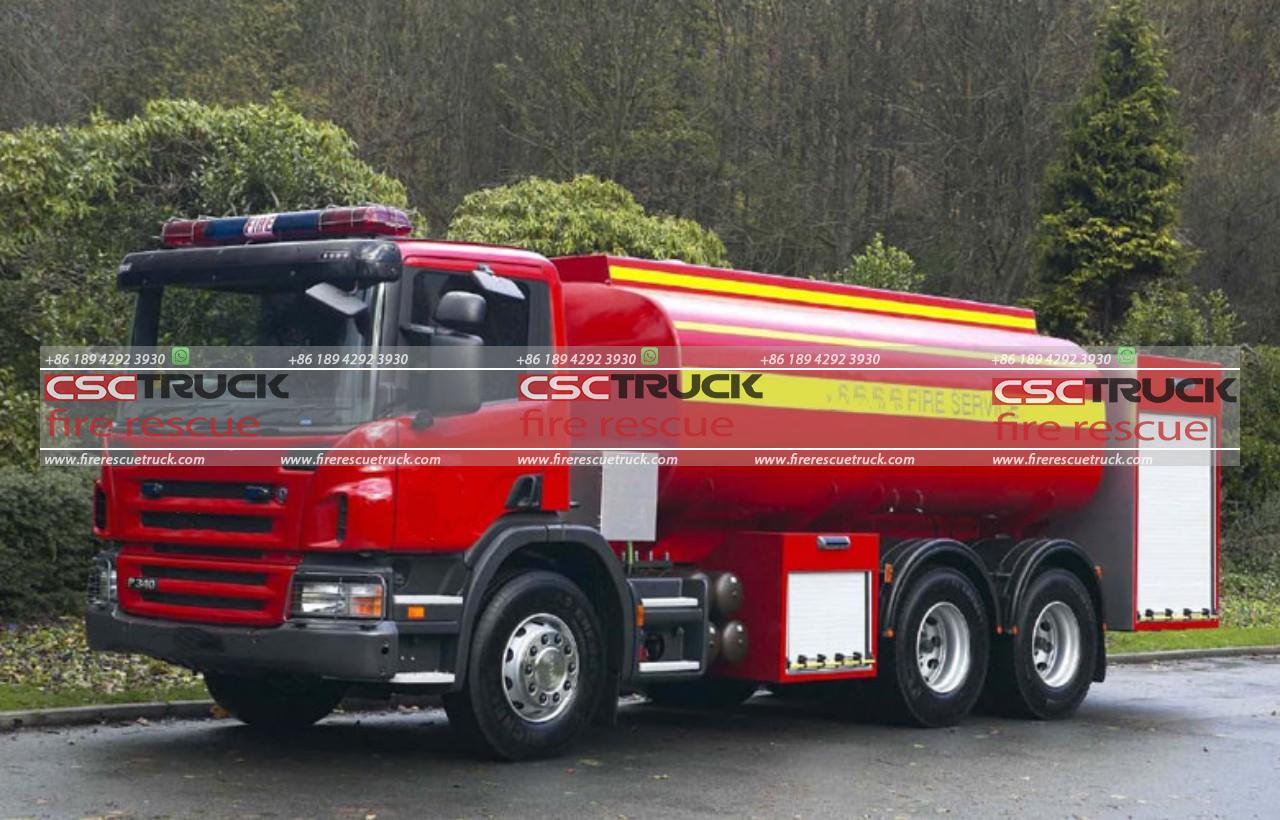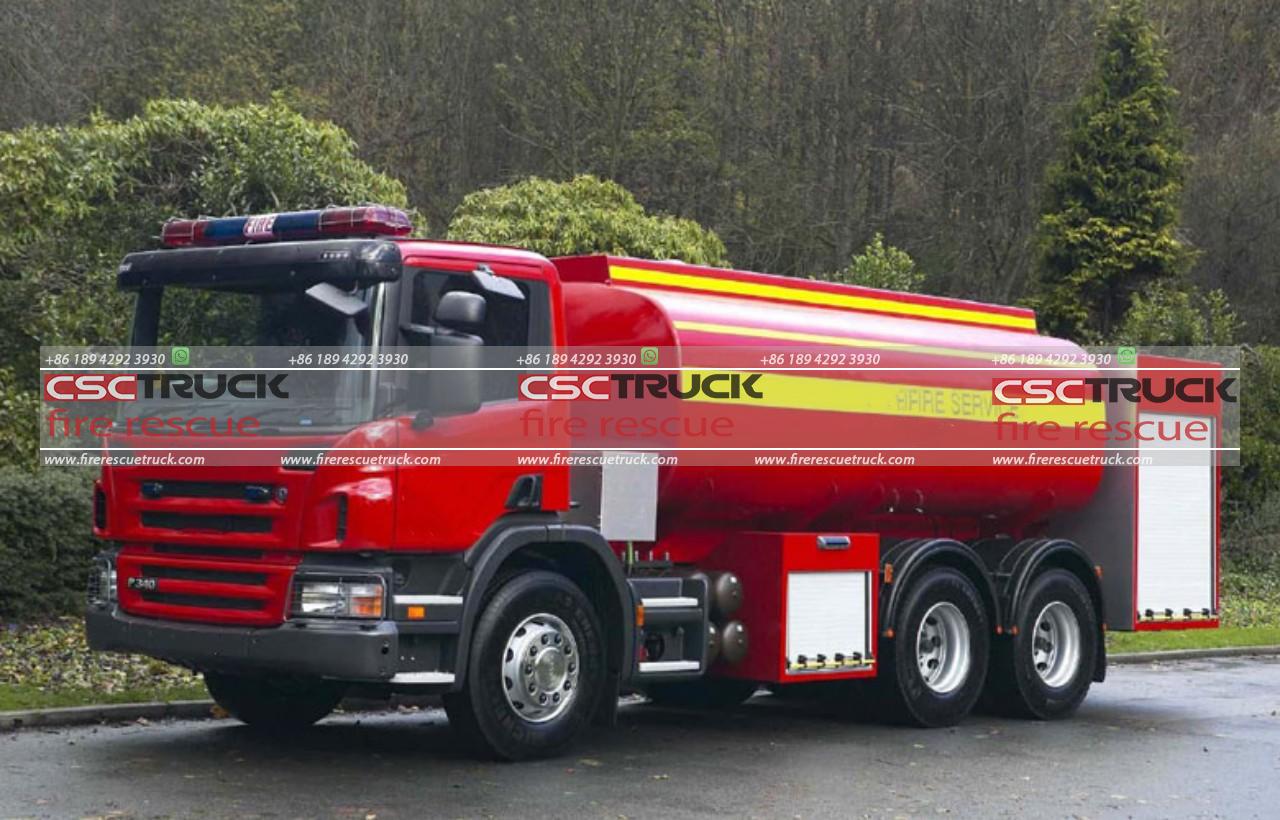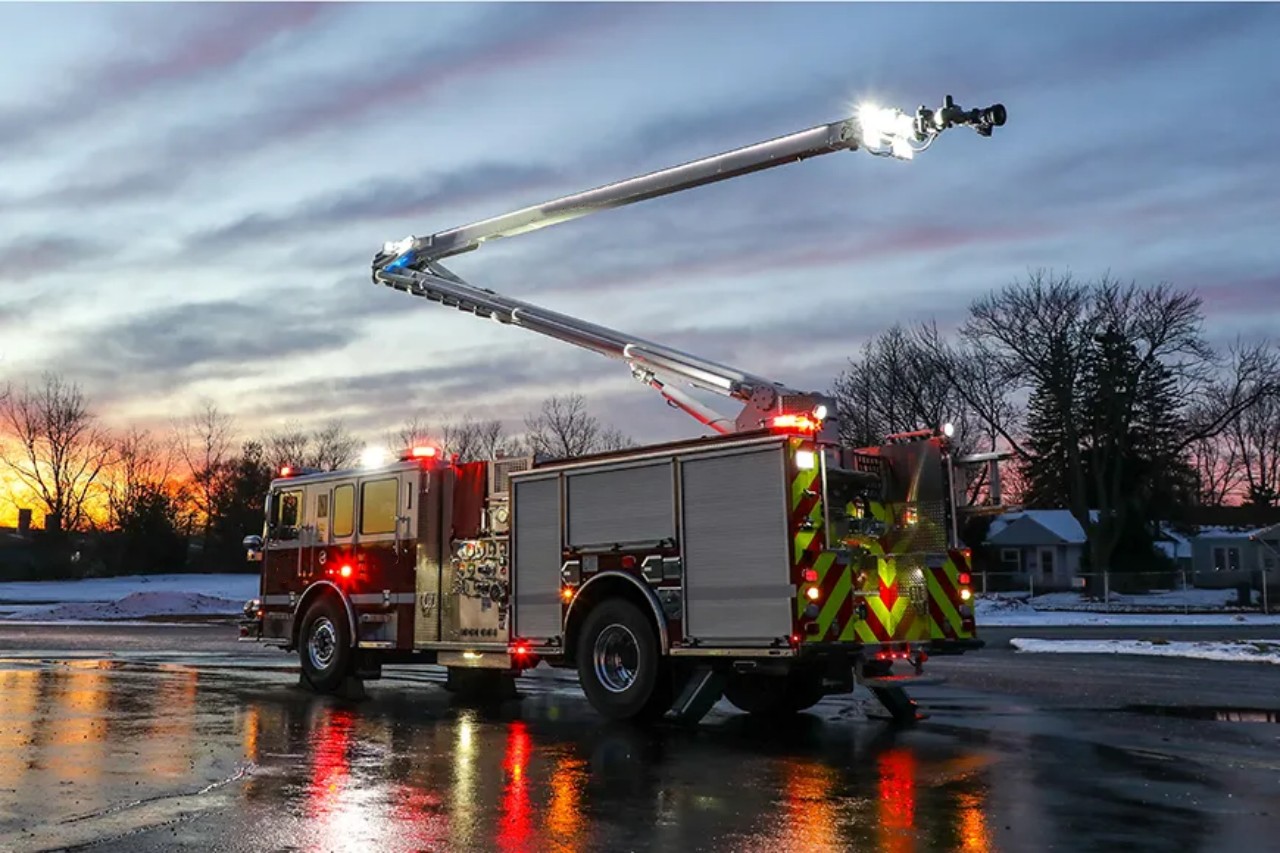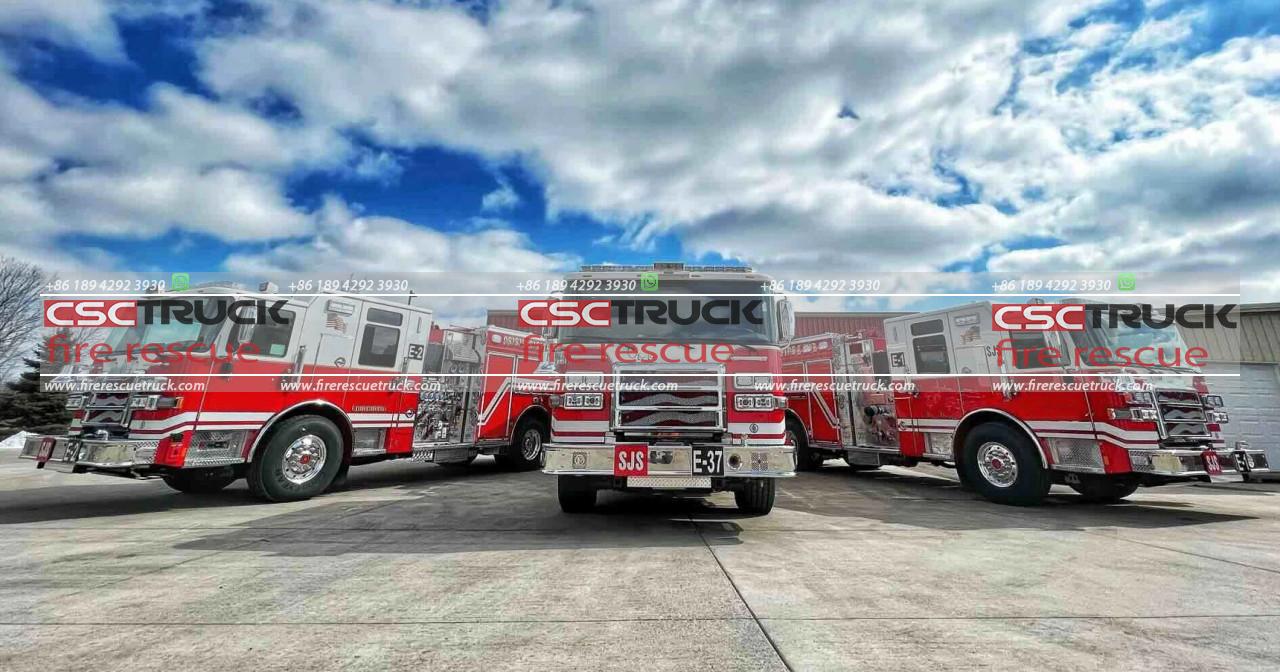Water Supply Assurance: Water Bowsers for Critical Fire Support
In the realm of emergency response and disaster management, few things are as vital as ensuring a stable water supply. Whether it’s a wildfire raging through dry forests or an urban inferno threatening to engulf buildings, access to water is indispensable for firefighting efforts. In situations where traditional water infrastructure may be compromised or insufficient, the deployment of water bowsers emerges as a crucial solution, offering rapid and flexible water supply assurance for critical fire support.
Understanding the Role of Water Bowsers
Water bowsers, also known as water tanks or water trailers, are specialized vehicles designed to transport and distribute large volumes of water to areas where it’s needed most. These robust units vary in size and capacity, ranging from small trailers pulled by vehicles to large tanker trucks capable of holding thousands of gallons of water. Their versatility and mobility make them invaluable assets in emergencies, particularly during firefighting operations.
Addressing the Challenges of Firefighting
Firefighting poses unique challenges, especially in environments where conventional water supply systems may be inadequate or inaccessible. Remote wilderness areas, rural regions with limited infrastructure, or densely populated urban neighborhoods with compromised water mains all require innovative solutions to ensure effective fire suppression. Water bowsers offer a strategic advantage by delivering a readily available water source directly to the scene, overcoming logistical hurdles, and enhancing firefighting capabilities.
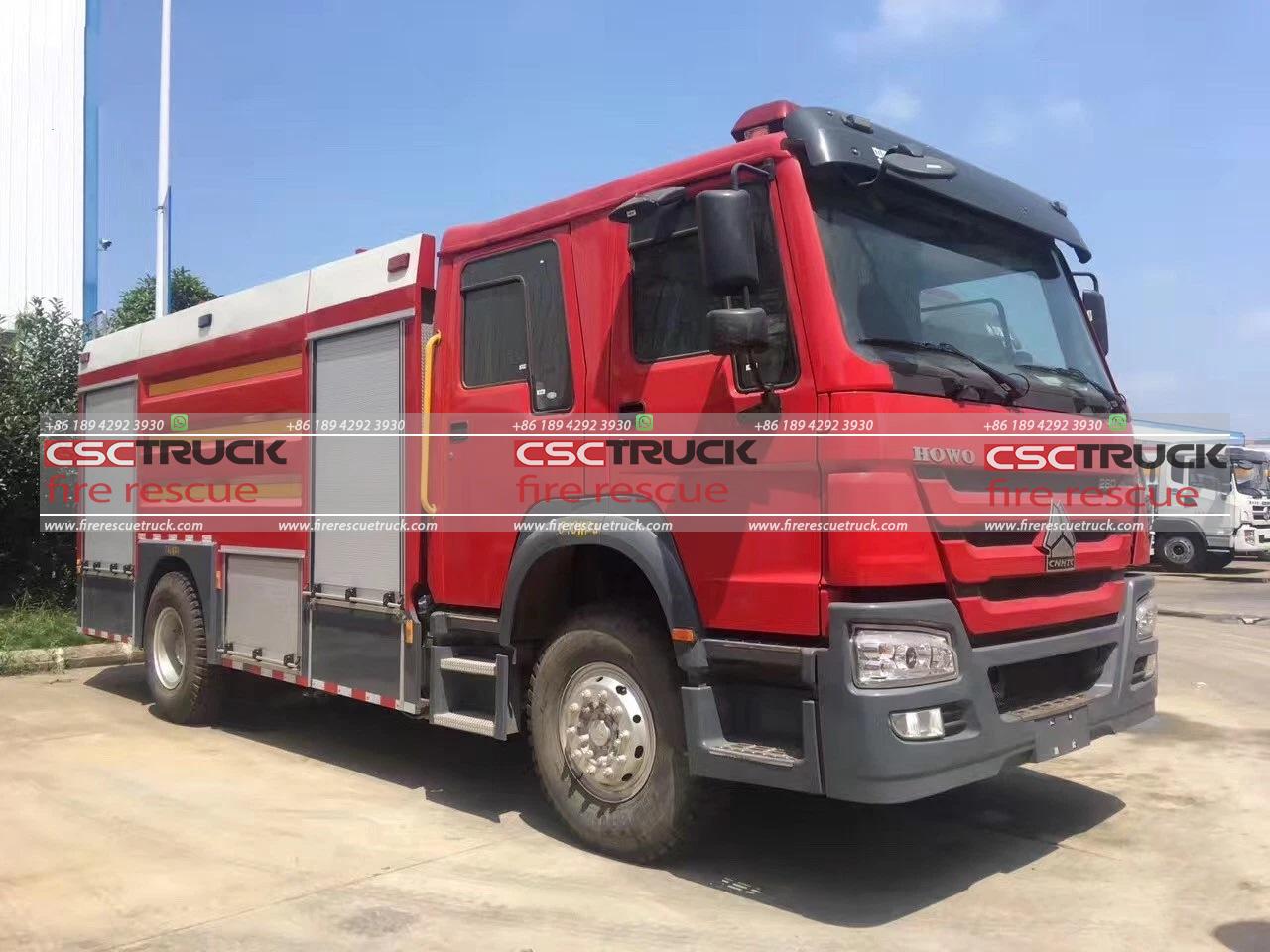
Rapid Response and Flexibility
One of the primary advantages of water bowsers is their ability to provide rapid response and flexibility in dynamic firefighting scenarios. These vehicles can be swiftly deployed to areas where fires are escalating, enabling firefighters to establish temporary water distribution points and maintain a continuous supply of water to combat the blaze. Their mobility allows them to navigate challenging terrain and reach remote locations that may be inaccessible to traditional fire trucks or hydrant systems.
Enhancing Firefighting Operations
Incorporating water bowsers into firefighting operations offers several key benefits that enhance overall effectiveness and efficiency:
1. Supplemental Water Supply: In situations where existing water infrastructure is insufficient or compromised, water bowsers serve as vital supplemental sources of water, ensuring that firefighters have an ample supply to extinguish flames and prevent further spread.
2. Strategic Positioning: Water bowsers can be strategically positioned at critical points within a fire-affected area, optimizing distribution and maximizing coverage. By strategically deploying these resources, firefighters can effectively contain and control the spread of the fire.
3. Continuous Refilling: Unlike fixed water sources such as hydrants, water bowsers can be rapidly refilled from nearby water sources such as lakes, rivers, or reservoirs. This continuous refilling capability ensures an uninterrupted supply of water, allowing firefighting efforts to proceed without delay.
4. Remote Operation: In remote or off-grid locations where access to municipal water systems is limited, water bowsers offer a self-contained solution for fire suppression. Their ability to operate autonomously enables firefighting teams to respond swiftly to emergencies without relying on external infrastructure.
Versatility in Disaster Response
While water bowsers are indispensable in firefighting operations, their utility extends beyond battling flames. These versatile vehicles play a vital role in various disaster response scenarios, including:
– Natural Disasters: During floods, hurricanes, or earthquakes, water bowsers provide essential potable water for affected communities, supplementing municipal water supplies that may be compromised or contaminated.
– Humanitarian Aid: In humanitarian crises and refugee camps, water bowsers facilitate the distribution of clean water for drinking, cooking, and sanitation, addressing critical humanitarian needs in emergencies.
– Industrial Accidents: Following industrial accidents or chemical spills, water bowsers are deployed to decontaminate affected areas and provide emergency shower facilities for personnel exposed to hazardous substances.
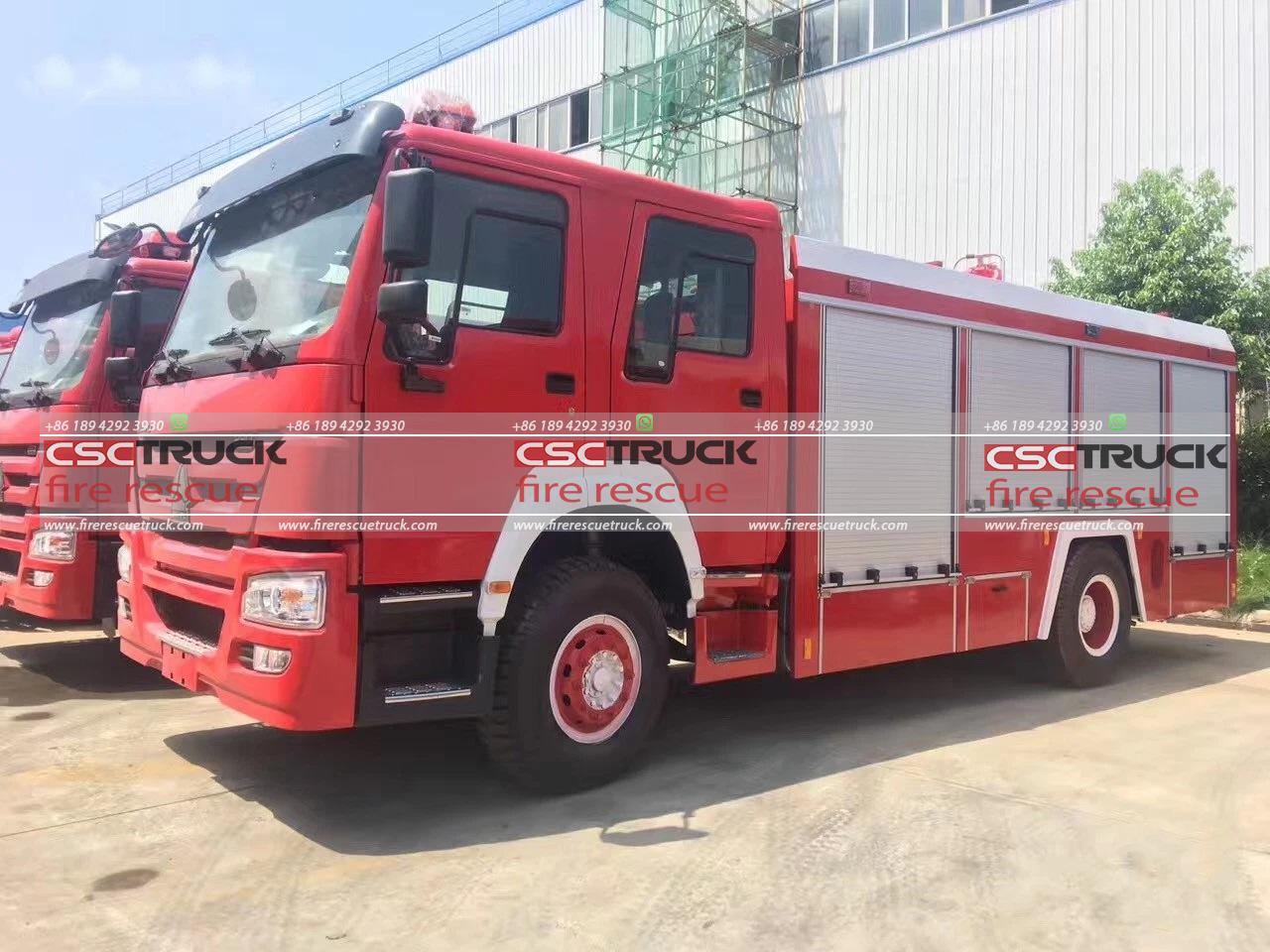
Conclusion: Ensuring Water Supply Assurance
In the face of escalating wildfires, natural disasters, and humanitarian crises, the importance of water supply assurance cannot be overstated. Water bowsers represent a vital component of emergency response and disaster management strategies, offering rapid deployment, flexibility, and versatility in providing essential water resources where they are most needed. By incorporating these specialized vehicles into firefighting operations and disaster relief efforts, communities can enhance their resilience and ability to mitigate the impact of emergencies, ensuring the safety and well-being of individuals and property alike.

